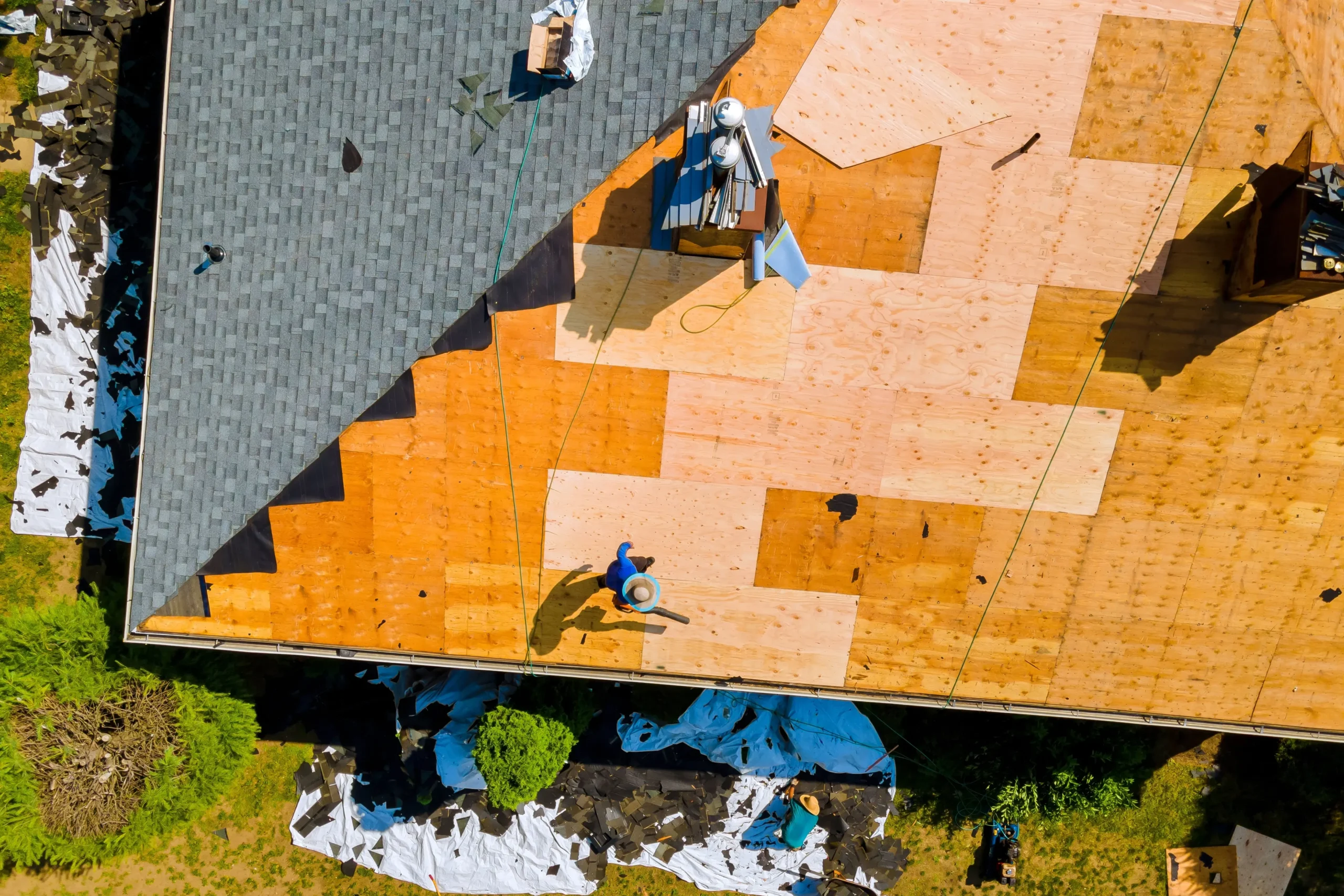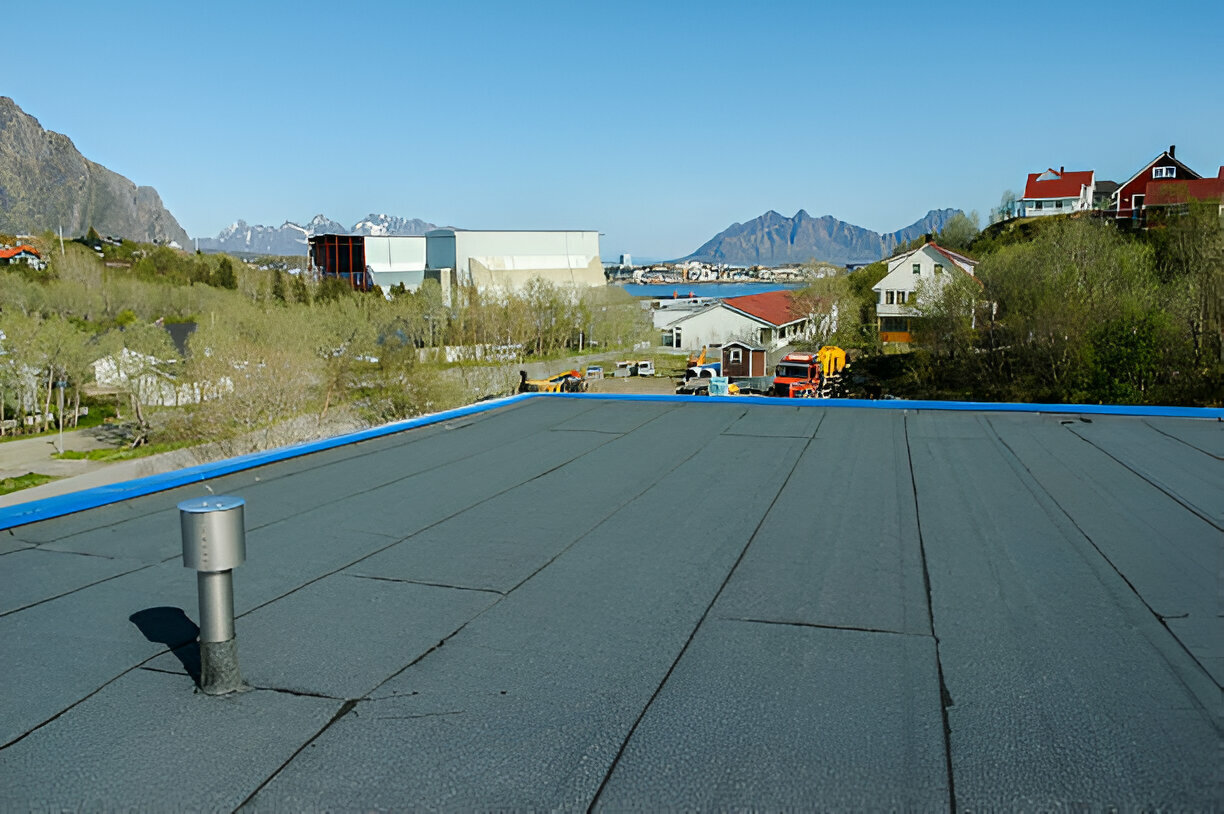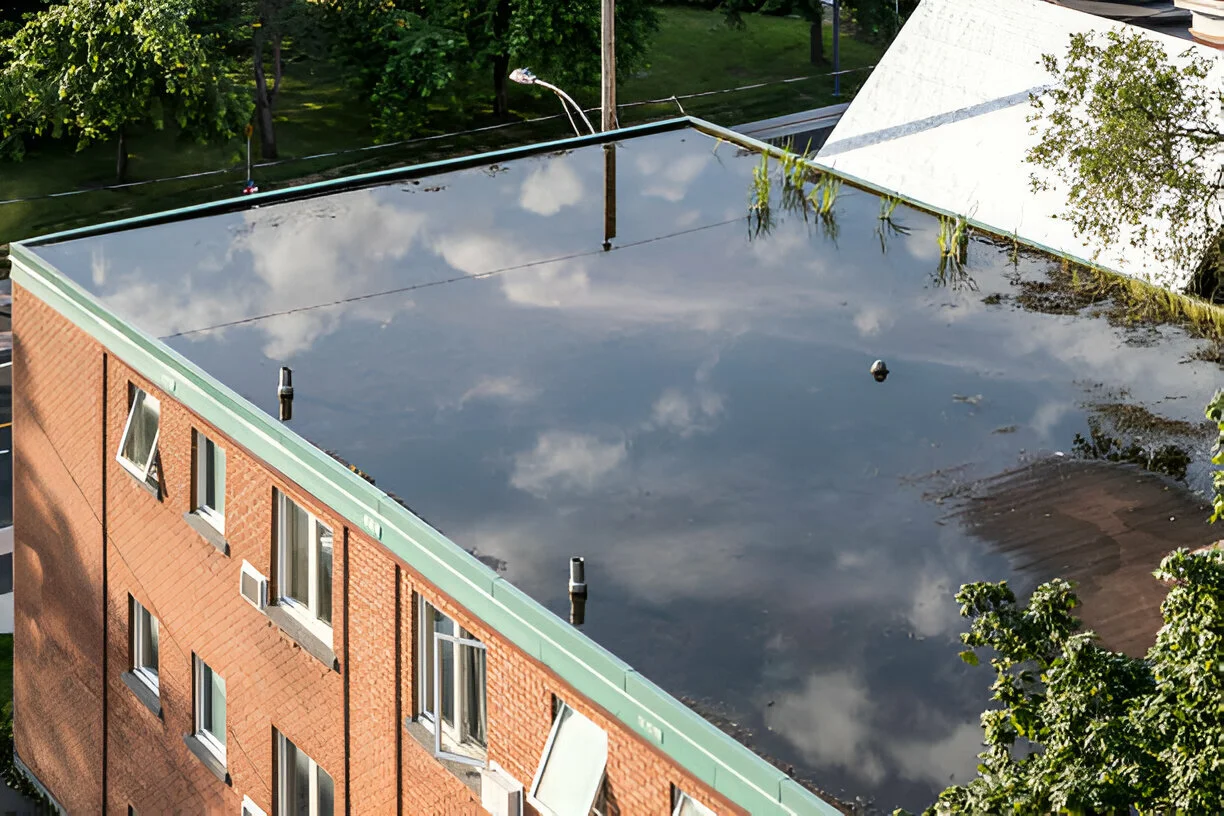How to Find a Leak in a Metal Roof
Metal roofs are known for their solidness and long life expectancy, making them a famous decision for both Residential and Commercial buildings. However, like any roofing system, metal roofs can develop leaks over the long run because of mileage, weather conditions harm, or inappropriate installation. If you’re dealing with a leak in your metal roofing, it’s vital to find and address it as soon as possible to avoid additional harm to your property.
In this guide, we’ll walk you through the means (how to find a hole in a metal roof), so you can get your roofing system back to its optimal condition.
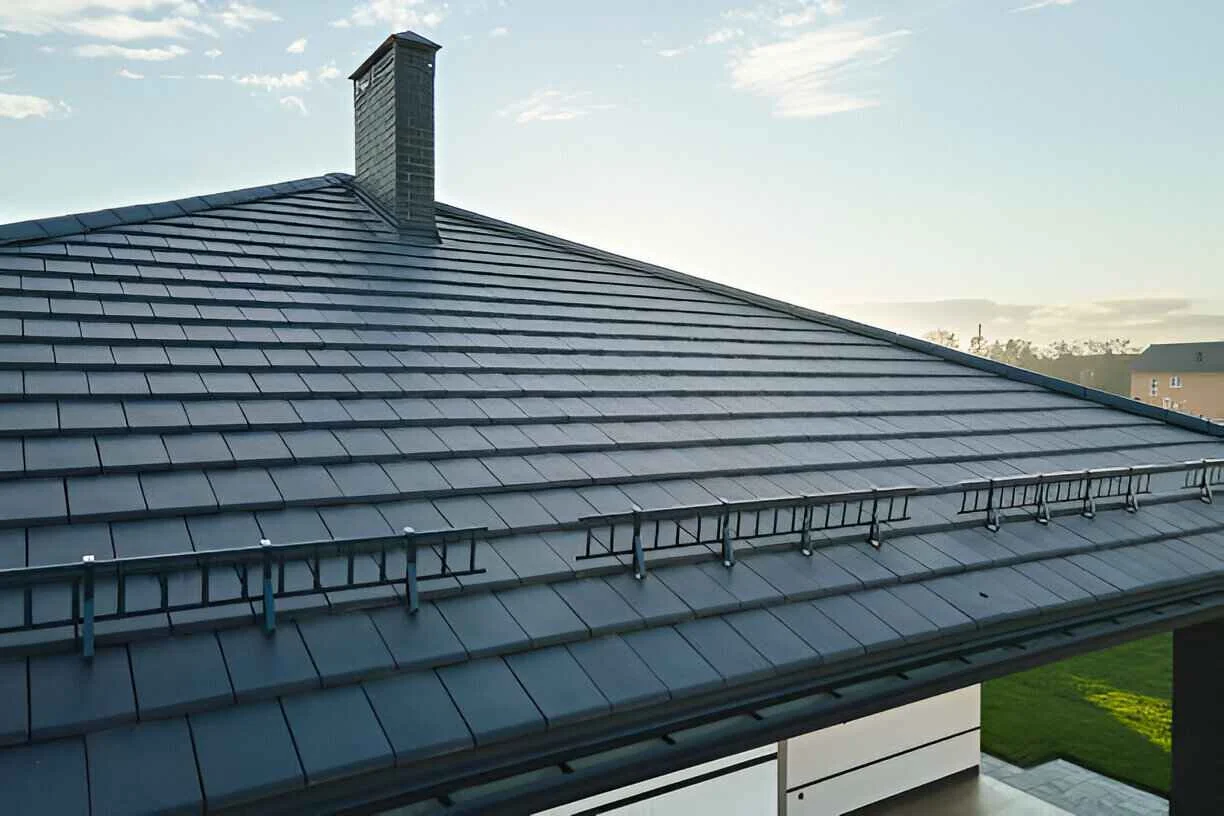
Why Leaks Occur in Metal Roofing
Before we plunge into the means for locating a leak, it’s essential to understand why metal roofs can leak. Normal causes include:
– Free or harmed fasteners: Over time, the screws that hold the metal boards set up can release or rust, prompting holes where water can leak through.
– Corrosion: Even metal roofs can encounter rust and consumption, particularly in regions where the covering has worn off.
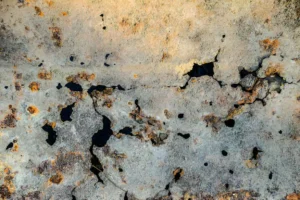
– Inappropriate installation: Poorly installed metal roofing may lead to misaligned seams or gaps, creating potential for water penetration.
– Climate damage: High breezes, hail, and snow can cause actual harm to a metal roof, leading to leaks.
– Seam failure: The seams of metal roofing panels are much of the time the most weak focus for water leakage.
Step 1: Inspect the Roof Surface for Visible Damage
The most important phase in finding a leak in your metal roof is to lead an exhaustive review of the rooftop’s surface. Begin by securely getting to the roof. Search for the following:
– Scratches or cracks: These may have been caused by hail or other debris.
– Rust or corrosion: Check for regions where the metal has begun to corrode, as this can make small openings that permit water to enter.
– Free or missing fasteners: On the off chance that any screws or nails are free or missing, it very well may be a wellspring of leaks.
Focus on regions where various panels meet, as these are common leak points in metal roofing systems.
Step 2: Check the Seams and Flashing
Seams and flashing are probably the weakest regions on any metal roofing system. The flashing helps direct water away from joints and edges, while seams are where the panels cross over. If both of these areas are harmed, water can leak through.
– Inspect the seams: Search for holes, openings, or harmed seals that could permit water to penetrate.
– Review flashing: Flashing around chimneys, vents, skylights, and other roof penetrations should be tightly sealed. Any harm or holes could prompt breaks.
Step 3: Perform Water Test
If you can’t visually locate the leak, a water test can help. This technique includes running water over various regions of the rooftop to reproduce downpours and recognize where the hole is beginning.
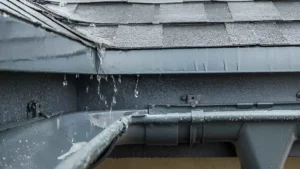
– Begin at the absolute bottom of the roof: Start by pouring water over the roof, beginning at the area farthest from the suspected leak.
– Move upward: Progressively climb the roof, checking for any indications of water trickling through inside the structure.
– Look for drips or dampness: When you notice water entering the structure, mark the region where it is spilling. This will assist you with pinpointing the source.
Step 4: Inspect the Interior
After performing a water test, checking the interior of the structure for indications of water infiltration is fundamental. Search for:
– Water stains or streaks on roofs or walls, which demonstrate dampness is entering through the rooftop.
– Form or mildew growth, which can develop in regions with steady water openness.
– On the off chance that your upper room or roof protection is wet, it very well may be an indication of a critical break.
Assuming you find indications of water damage inside, follow the way back to the roof and search for related regions on the outside that may be the wellspring of the leak.
Step 5: Check for Gutter and Downspout Issues
While you’re investigating your rooftop for leaks, remember to look at your gutters and downspouts. Clogged drains can make water pool on the rooftop, potentially leading to leaks. Clear any garbage and ensure the water is streaming openly.
Step 6: Consult a Professional Roofing Contractor
If you’re unable to find the leak or if the damage is extensive, now is the ideal time to bring in an expert roofing contractor. A contractor experienced in metal roofing will have the devices and skills to recognize and fix any breaks appropriately.

A professional will also be able to assess the overall condition of your metal roofing, ensuring that other potential issues, like rust or corrosion, are addressed before they become bigger problems.
Final Thoughts
Tracking down a break in a metal roof can be a difficult task, but with the right approach, you can pinpoint the wellspring of the issue. Standard investigations, appropriate upkeep, and convenient repairs are fundamental to draw out the existence of your metal roofing system and prevent costly damage to your home or building.
Straight Path Construction Reviews
If you’re uncertain about finding or fixing a leak yourself, feel free to out to a certified roofing expert who can assist you with keeping your roof in top condition. Keep in mind, that a very much kept up with metal roof can keep going for a long time, giving dependable security to your home or business.

